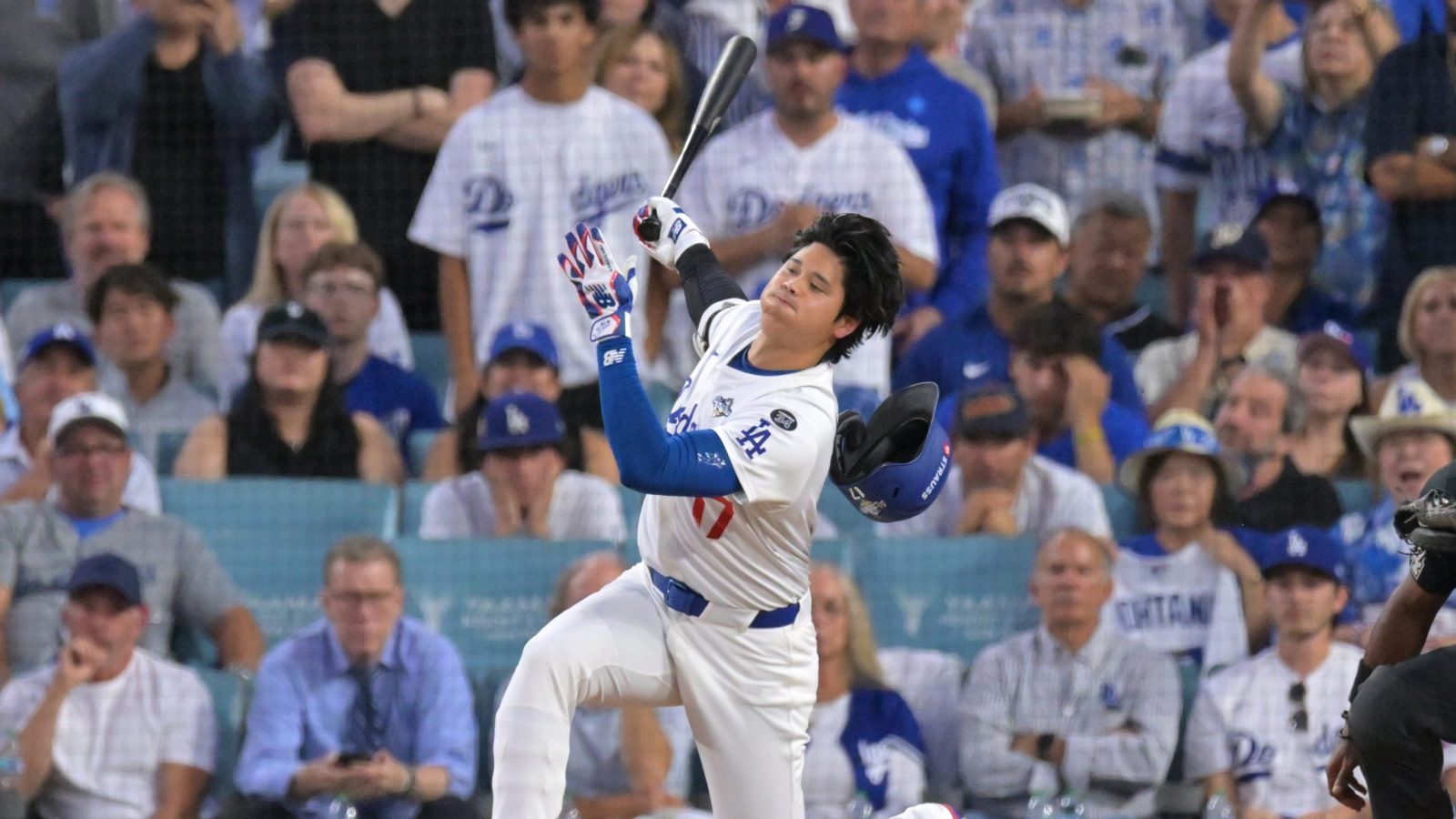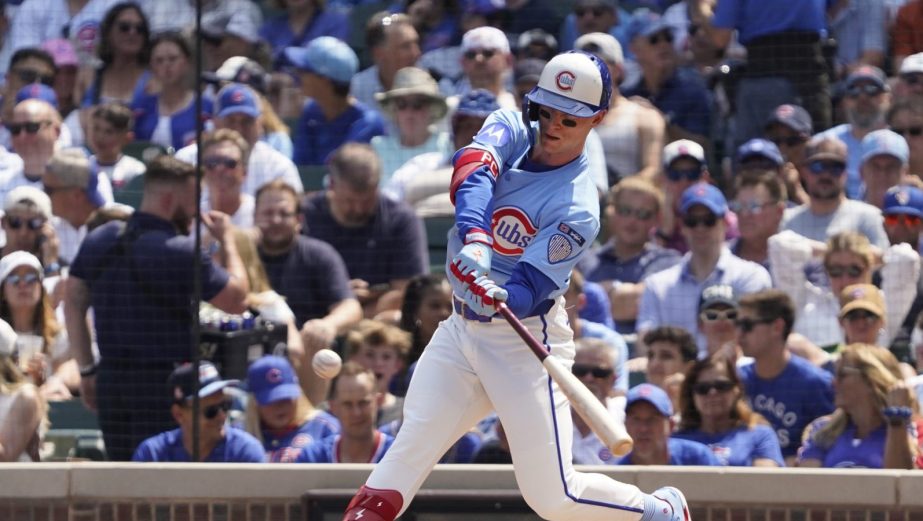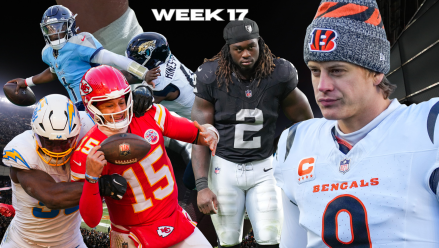Chances are, if you placed a bet at some point this summer, you lost.
There’s no shame in that, of course. No one has a 100% record. It’s a challenge even to achieve a 52.5% success rate, the minimum winning percentage required to break even when accounting for the vig.
This summer, however, there was far less winning by the sports betting public. Over a four-month stretch from May through August, operators attained a collective nationwide hold of 10.75% or higher every month.
Since the (outdated) industry standard hold is 7%, that meant sportsbooks exceeded the typical expectations by 53.6% or more for four straight months. That surge was highlighted by a colossal 12.42% win rate in June, the highest in the post-PASPA era that began in June 2018. The months ranked, in order, sixth, first, ninth, and tenth on the all-time holds list.
So what happened? There is a usual suspect and perhaps a new one that led to major revenue gains for operators and major betting pain for the public.
The Koufax comparison
In keeping with the theme of summer, let’s turn to an old-time baseball argument: the greatest stretch recorded by a major league pitcher. Many Hall of Famers have impressive and borderline dominant stints, but one that has universally stood out through time has been Sandy Koufax’s run from 1963-66 covering the final four years of his career.
Koufax went a blistering 97-27 in that span, with a 2.04 ERA in 1965 being his worst. He recorded 31 of his career 40 shutouts in that time frame. The Los Angeles Dodgers left-hander had 9.3 strikeouts per nine innings, an underappreciated ratio because he threw a now-unfathomable 1,192 and 2/3 innings in that span while striking out 1,228.
Equating a 10% hold or higher for states as a win, the months of May through August for sportsbook operators nationwide strike a similar chord to Koufax’s four-year dominance.
| Year | Won-Loss | Winning Perentage | Month | States With 10%-Plus Holds | “Winning Percentage” |
| 1963 | 25-5 | .833 | May 2025 | 25-7 | .781 |
| 1964 | 19-5 | .792 | June 2025 | 31-1 | .969 |
| 1965 | 26-8 | .765 | July 2025 | 25-7 | .781 |
| 1966 | 27-9 | .750 | August 2025 | 28-4 | .875 |
| TOTALS | 97-27 | .782 | TOTALS | 109-19 | .852 |
To go one step further and again back to the 7% industry standard, there were exactly two state revenue monthly reports with holds below that benchmark among the 128 published with handle and revenue figures. (Tennessee only publishes handle, Nebraska only revenue.)
One came from the smallest marketplace, South Dakota, where operators paid out $478 more than the $611,837 worth of accepted bets placed in May and had a minus-0.1% hold. The second was North Carolina, where sportsbooks finished with a 6.12% win rate in July to keep $22.7 million of $370.4 million wagered.
While it is easier for smaller states to have holds skew higher or lower in more dramatic fashion due to the low volume of handle, some of the percentages are eye-watering all the same. Mississippi, an all retail-wagering state, had win rates of 15.1% and higher all four months. West Virginia checked in at 13.7% and higher. Montana has the high this year at a staggering 25.9% hold from June.
But bettors in large-market states also got rocked. Michigan operators had holds of 12.1% or higher all four months. Louisiana has the highest hold of any state with a minimum $300 million monthly handle this year, reaching 15.8% in May. The only other state with a nine-figure monthly handle this year to have a hold above 15% is Kansas at 16.2% in February, and the Kansas City Chiefs losing Super Bowl LIX is the short and long answer for that anomaly.
New York sportsbooks crafted a 12.5% win rate in June despite accepting $1.65 billion in wagers, part of a three-month run where holds were 11% and higher.
At some point, the house took a pound of flesh off seemingly everyone around the country.
It’s the parlays, stupid
One argument for the 7% hold as an industry standard being outdated is because of the relentless push to market parlays. To operators’ credit, that push has worked, and the result has been substantial year-over-year revenue gains and a hold that has steadily climbed higher.
There are still only a handful of states that break out wagering by sport category that offer some clues to bettor performance. In the instance of parlays, the six states worth examining are Illinois, New Jersey, Maryland, Colorado, Oregon, and Mississippi.
Nevada’s parlay action is so small that it’s negligible and therefore not included. From May-August 2024, Maryland was the only state where the hold on parlays topped 20%. In 2025 during those momths, all six states were north of that benchmark, and Mississippi was just shy of 30%.
| Year | Parlay Handle | Parlay Revenue | Parlay Hold |
| 2024 | $2,699,454,504 | $495,275,111 | 18.35% |
| 2025 | $3,238,298,731 | $731,420,157 | 22.59% |
As the table above shows, the group of six saw a 20% rise in parlay wagers but a 47.7% surge in parlay revenue. The percentage of handle devoted to parlays relative to overall handle did not notably increase, going from 27.5% to 29.2%.
The percentage of revenue relative to total operator winnings, however, climbed from 51.8% to 59.8%. That contributed to an overall 27.8% rise in year-over-year revenue in the May to August span to $1.22 billion. That was more than double the 13% increase in handle from these six states to $11.08 billion.
Again, hidden in that overall 22.6% hold are some jarring monthly numbers. Maryland’s low win rate in those four months was 22.8% and reached a peak of 27.6% in June.
Illinois ranged from 20.9% to 23.3%. New Jersey had a low of 19% but also a high of 24.8%. DraftKings, which is Oregon’s sportsbook, pummeled bettors with a 24% win rate across the four months, hitting 26.3% in May.
The irony is that bettors actually fared better with single-event wagering when looking at year-over-year numbers.
The collective six-state hold in 2024 was 6.5% as operators collected $461.3 million from $7.11 billion worth of wagers. In 2025, that win rate dipped almost one quarter of a percentage point as revenue ticked 6.4% higher to $490.9 million and lagged behind the 10.3% bump in handle to $7.8 billion.
Back to baseball
What made this year slightly different in terms of operator performance was improved outcomes for baseball. Granular betting details for the sport are not available, but the rise in wagering on first-inning scoring, known as “Yes Runs First Inning” (YFRI), and its opposite, “No Runs First Inning” (NRFI), likely plays a role. The feast-or-famine style of offense via home runs is also a factor, especially when it is easy for sportsbooks to market star players like Shohei Ohtani, Aaron Judge, and Kyle Schwarber for such offerings.
The sample size for baseball wagers increases to the aforementioned six states and Nevada, which has proper scale for comparions. Similar to parlay wagering, the collective May to August span shows revenue easily outdistancing handle when it comes to year-over-year increases.
| Year | Baseball Handle | Baseball Revenue | Hold |
| 2024 | $3,499,249,191 | $186,208,499 | 5.32% |
| 2025 | $3,645,496,771 | $259,617,377 | 7.12% |
Single-event baseball wagering increased only 4.2% year-over-year in that four-month span, but revenue spiked 39.4%. Operators in all seven states posted double-digit, year-over-year gains in baseball revenue, with Nevada leading the way at 75.4% to $89.1 million. The Silver State’s 9.3% hold from May to August was up 3.7 percentage points from 2024, while handle ticked only 5.5% higher to $962.8 million.
Interestingly, the baseball win rates in Illinois and New Jersey were well below the 7% industry standard, but both eked out gains that outpaced their respective bumps in handle. New Jersey sportsbooks had the lowest hold of the group at 4.9%, with revenue up 10.2% to $42.3 million and handle up 7.6% to $858.9 million.
Illinois counterparts saw their collective hold increase two-thirds of a percentage point to 5.8%. That was enough to lift revenue 22.1% higher to $57 million as handle picked up 7.9% to $987.2 million.
Despite the Colorado Rockies absorbing a franchise-record 119 losses, Centennial State bettors never truly grasped when to tail or fade them. Operator revenue steamed 44.9% higher as the 7.8% win rate was over 2.3 percentage points above 2024 when the Rockies lost 101 games.
While full numbers are not available for Louisiana, which only publishes select sport revenue totals, the $11.3 million in baseball winnings were up 23.2% from last year. Sportsbooks in the Pelican State also finally moved into the black all-time for baseball betting this year, digging themselves out of the hole created by “Mattress Mack’s” $58.7 million payday from November 2022 when the Houston Astros won the World Series.







